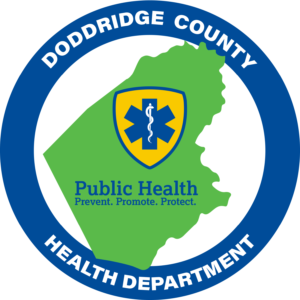Facts About Heart Disease
Every year, one in four people will die from heart disease. Heart disease can strike anyone, but certain individuals may be more at risk than others. Some of the most common risk factors for heart disease include:
- High blood pressure
- High cholesterol
- Diabetes
- Obesity
- Poor diet
- Inactive lifestyle
- Cigarette smoking
- Excessive alcohol consumption
Heart disease is still the main source of death in the United States. In fact, cardiovascular disease remains the leading cause of death in the world. And according to the Centers for Disease Control and Prevention (CDC), many of these deaths would have been preventable with proper preventative care.
Many people believe that cardiovascular diseases (CVD) inevitably comes with old age, there are many things that seniors can do to strengthen their heart and circulatory system.
Knowing The Symptoms Of Heart Disease
While there are several different forms of heart disease, they share common symptoms and warning signs. It’s important to learn these symptoms to receive a prompt diagnosis and medical treatment. Symptoms of an emergency may include:
- Chest pain, discomfort or an uncomfortable pressure in the chest
- Shortness of breath
- Pain in the upper body, arms, back, neck, jaw or upper stomach
- Feeling nauseous or vomiting
- Sweating; or cold sweats
- Weakness, light-headedness, feeling faint or dizzzy
- Feeling very full or having indigestion
- Fatigue or exhaustion
- An irregular heartbeat, palpitations, or increased heart rate
How You Can Help To Prevent Heart Disease
Risk factors often develop as you age; things such as high blood pressure and high cholesterol increase your chances of having a stroke or developing heart disease. Whether your senior loved ones live at home, in an assisted living community or at a nursing home, you can make healthy changes to lower the risk of developing heart disease. Likewise, controlling and preventing risk factors are that much more important if you already suffer from heart disease.
Luckily, there are many ways to keep your heart in great shape, even as you age. Although statistics show that heart disease risks increase with age, with correct, healthy lifestyle habits and a heart-healthy diet, you can help protect your senior loved ones.












